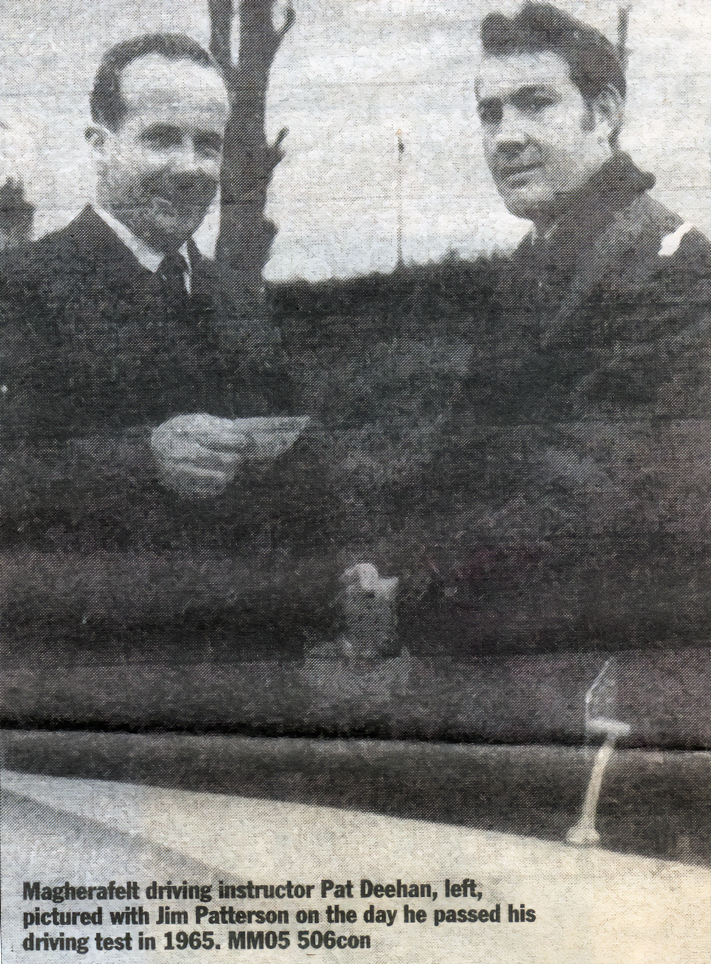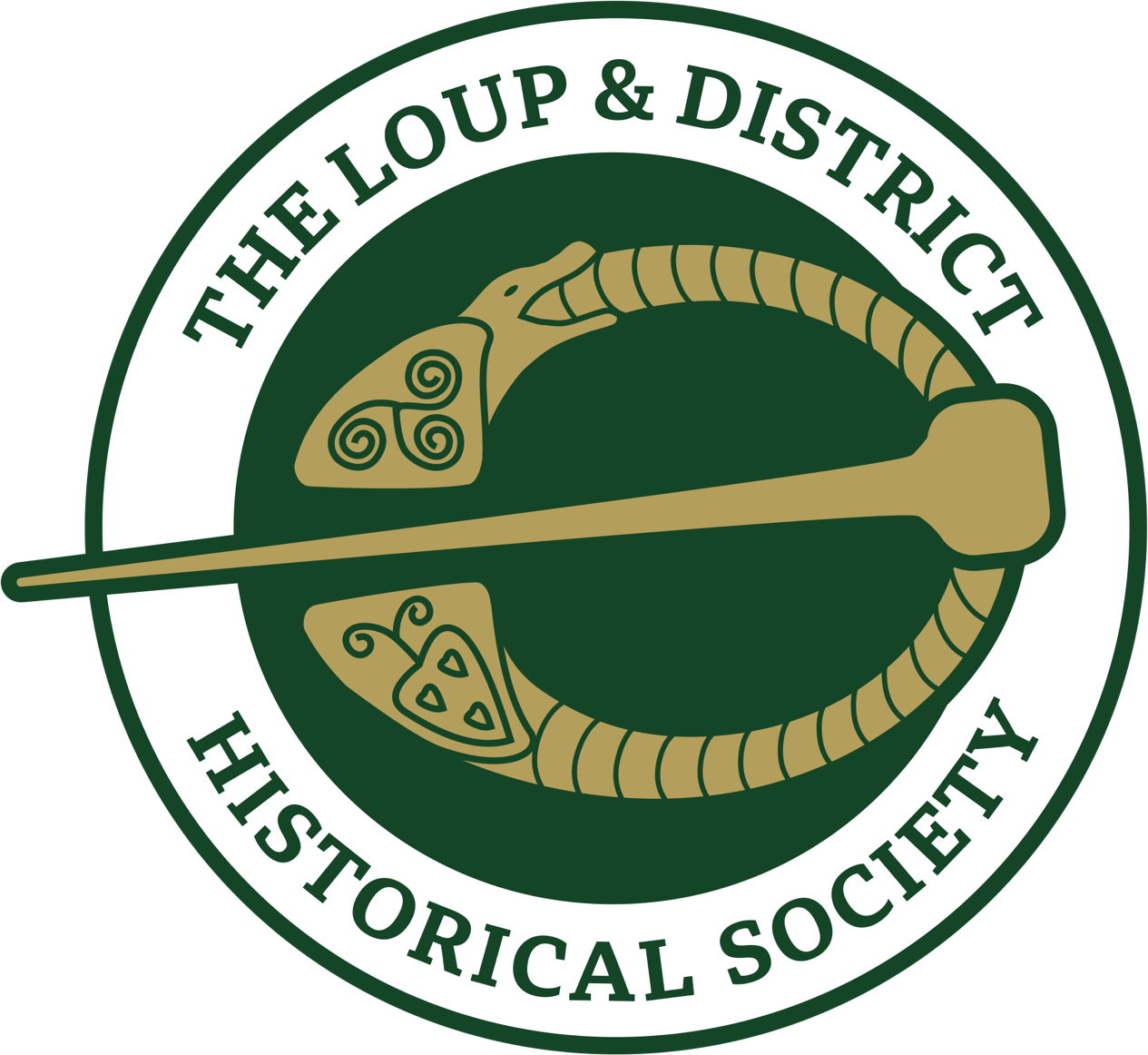
“We had to walk a distance of 1 ½ miles to the Convent school in Magherafelt. On the way to school we had to pass the workhouse – it later became the Mid-Ulster Hospital. At the workhouse there were two or three dozen children of school age living there and they were shepherded in a column under the control of an inmate called Mr McBride who was a Porter. The boys were dressed in suits and short trousers which were grey one year and a maroon colour the next year. They wore heavy nailed boots. The boys had close cropped hair and short fringes, presumably for hygiene purposes. The girls wore navy gym frocks and blouses, long socks and laced boots.
The children paraded to Church Street where the pupils for St Swithin’s school moved into school and further along the Convent pupils moved in. The remaining group moved into King Street where some of the boys turned into St Joseph’s and the remaining headed off to the Fairhill School. Pupils were collected in the afternoon and brought back to the workhouse. We often talked to the workhouse pupils and they used to tell us how they had to get up at 6 am to scrub the floors and do other chores.
When I was about nine years old, scarlet fever broke out in Magherafelt. Four in our family had to be taken to the fever hospital in the black Red Cross ambulance. We were isolated there for six weeks. No-one was allowed visitors. There were quite a few other Magherafelt children in with us at the same time. Before we came home, the house had to be fumigated with sulphur candles. The smell of these stayed for about a week afterwards.
When we were going into the town of Magherafelt, we were in the habit of taking the shortcut by walking down the railway line. The railway passed about a small field width from the rear of the Workhouse. On quite a few occasions we witnessed the burial of one of the inmates. We would see a group of male inmates carrying a black coffin down the path to the graveyard. Halfway down, they would set the coffin on the ground, sit on the grass bank and smoke their white clay pipes. When they had finished their smoking, they would carry on and bring the coffin on down to the burial place. These graves were not very deep, as a mound of earth covered the grave, just like a potato pit.
No clergy of any denomination were ever present at these grisly burials. Many years later, I told my wife about these events and one fine evening, we walked to the bottom of Cullen’s hill and walked up where the railway had been. At the back of the now Mid Ulster Hospital, we were able to see the mounds quite clearly. There were long rectangles of nettles raised above the level of the surrounding ground, marking out where these unfortunate people were buried.”



